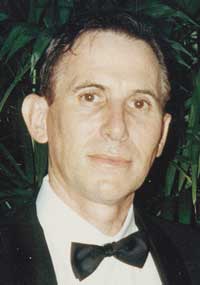
Eddie was a true neuropsychopharmacologist at a time when Brisbane was still overpopulated with Freudian or Kleinian analysts. He took a scientific interest in the condition that became known as attention deficit hyperactivity disorder, publishing as lead author a major article on the condition.1 He also established the first Computer Bulletin Board for the RANZCP.
- Paul Gerber
Correspondence:
- 1. Young ES, Perros P, Price GW, Sadler T. Acute challenge ERP as a prognostic of stimulant therapy outcome: J Biol Psychiatry 1995; 37: 25-33.
Online responses are no longer available. Please refer to our instructions for authors page for more information.




